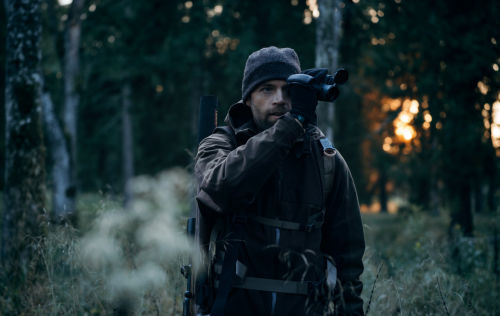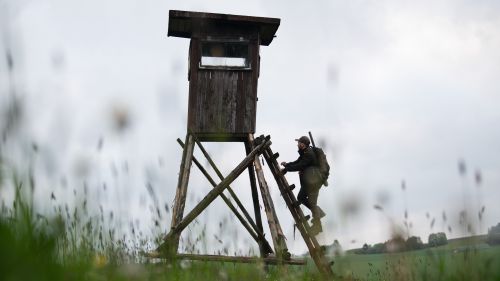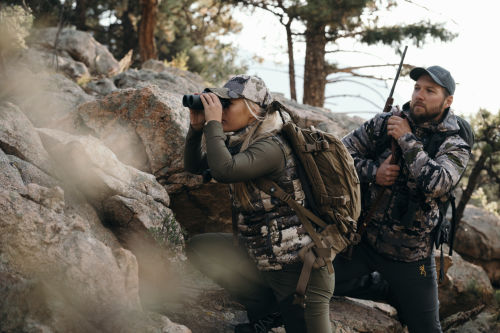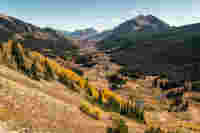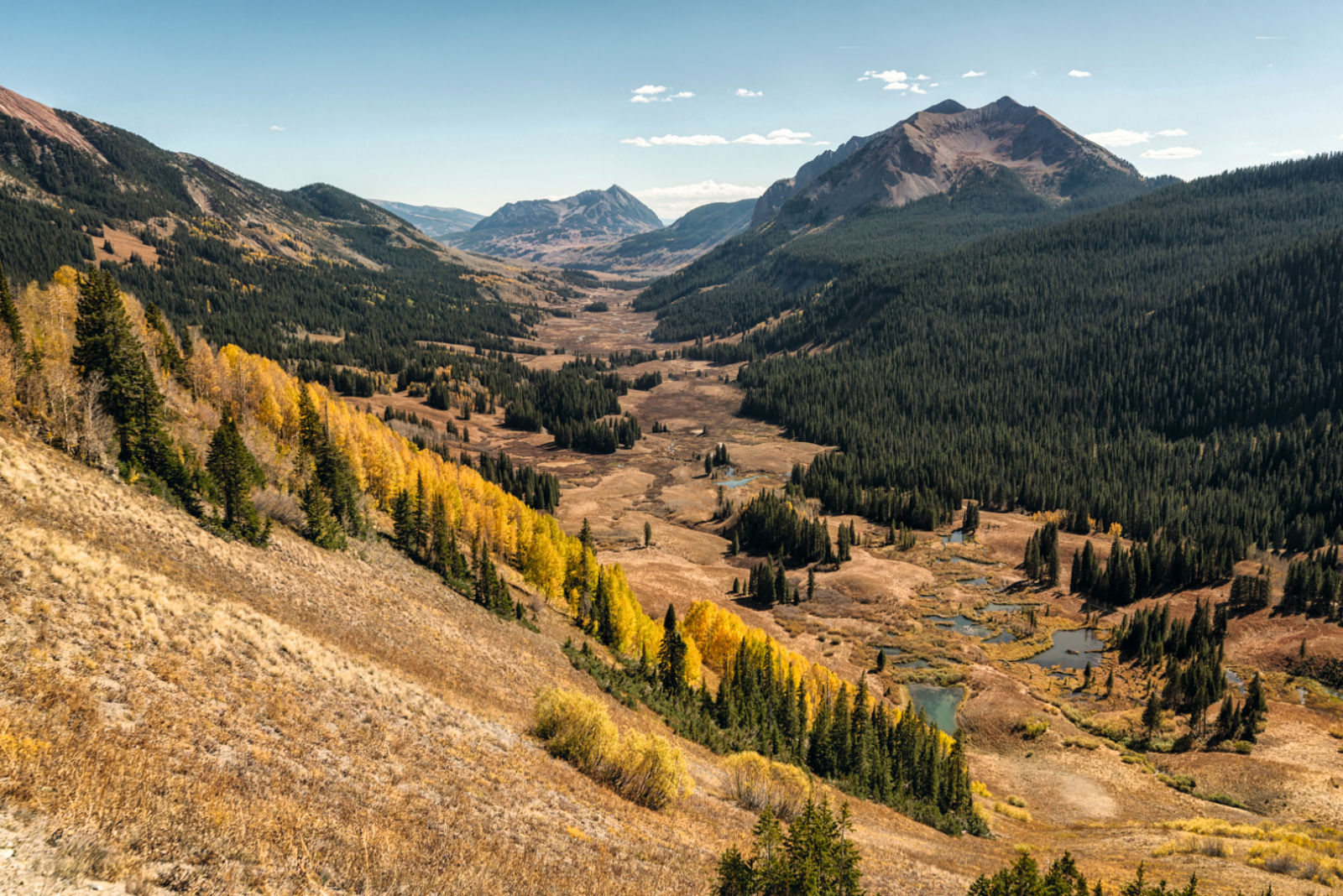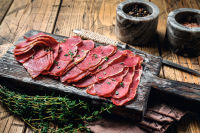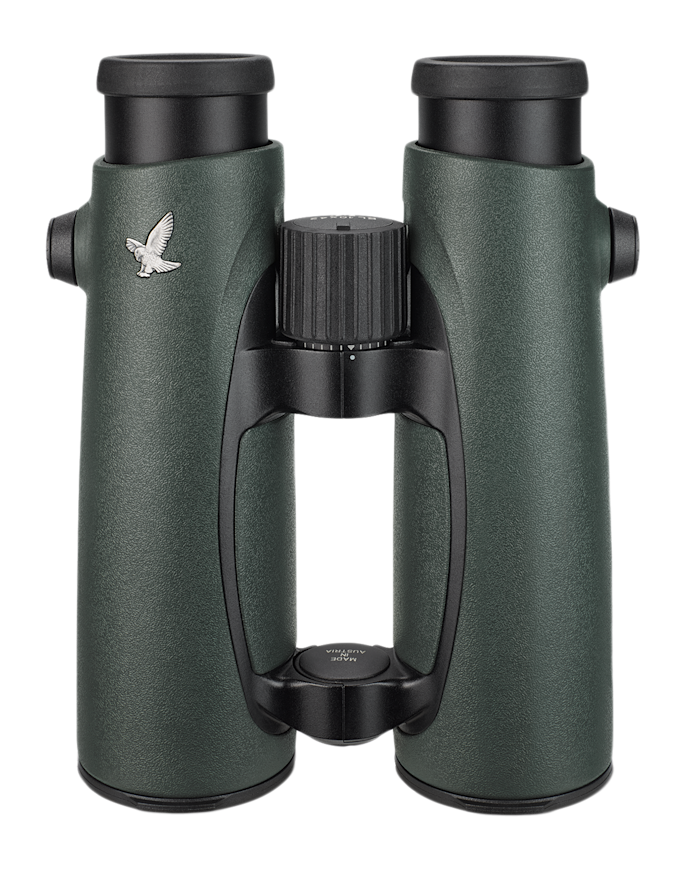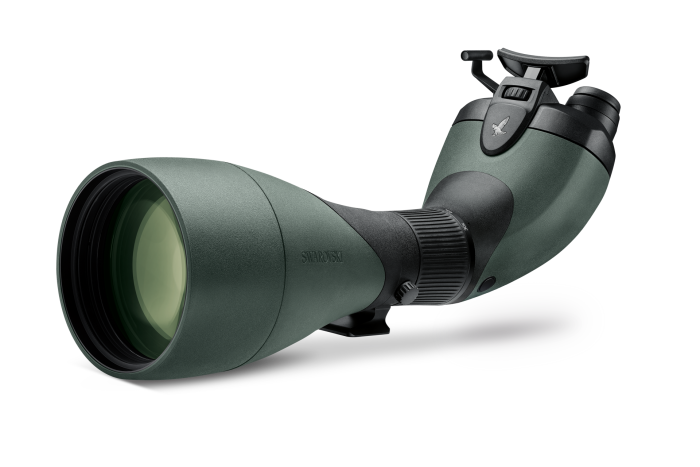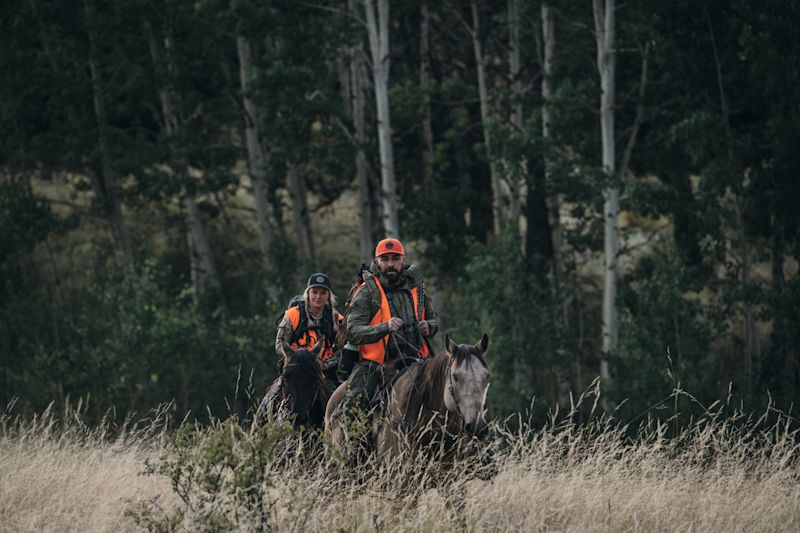We feel some innate nostalgia when we embark on a horseback hunting experience. But is it a connection with our ancestors and the history they once made, or that somehow horses tie us closer to nature? The outdoors and nature are good for our souls, but experiencing the outdoors on a hunting adventure is good for our well-being too. And with a spirited beast to join you on the journey, you have a genuine connection to hunting.
In the United States, hunters can hunt on many public and private lands. To conserve certain wild areas of land, President Theodore Roosevelt created Wilderness Areas. The aim being to prevent modern technologies and innovations impacting the natural state of these designated areas and to preserve them for present and future generations. Horses are a valuable added connection to that naturalness.
Wilderness and other US forest areas are prime locations for hunting. While motorized vehicles, chainsaws, and modern electronics can be used in forest areas, they’re not allowed in Wilderness Areas. Instead of hiking, hunters may choose to use horses and other livestock for getting around.
Long ago, my aunt employed horses to plow, mow, rake, and bale her hay fields to produce natural, chemical-free hay. Nowadays, I enjoy using horses in my outdoor explorations and on expeditions in search of natural, unmodified, organic food.
One of the great things about horses is that they can take us further into the woods and faster than if we carry our gear on our backs.


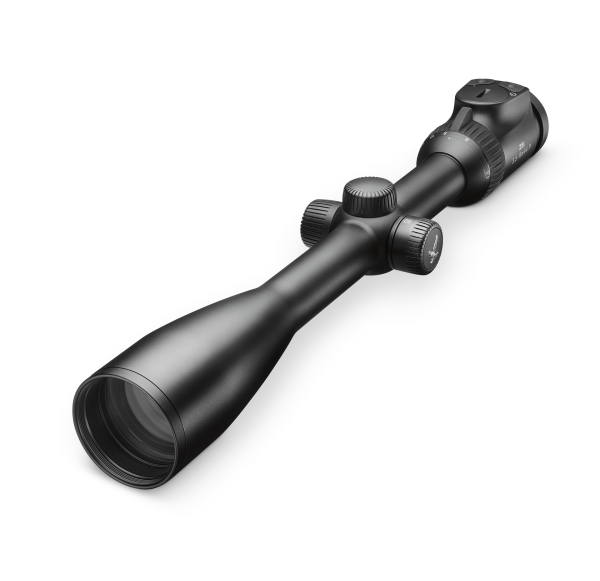
Day hunts
In the springtime, many forest roads are closed to motor traffic. During this time of year, I enjoy trekking to my favorite turkey hunting area on my horse, Cowboy. The clip-clop of his hooves breaks the silence in a softer way than the revs of a vehicle. As my trusty steed takes me through the morning fog, I chirp and cluck on a mouth call. Then, in the distance, I hear the response of a gobbler, and it’s game on.
I dismount, tie Cowboy to a tree, and prepare for a stalk on a bird. My well-trained horse stands silent and awaits the sound of my shot. It’s impressive how he investigates when I return. He looks and smells for wild game. Cowboy knows we’re hunting but wonders if he’ll be carrying a big bird and me or if I’ll lead him as he packs the weight of a larger animal.

Overnight and pack trip hunts
We take to the mountains for big-game hunts that can last five to nine days in the fall. These lengthy pursuits require backpack hunters to weigh and ration the gear they carry. When we take our horses, we too weigh and ration what they will carry, but it means we are afforded more food and other luxuries for our hunting camp.
I’ve spent countless days and nights on hunting trips in the wilderness of the Rocky Mountains. We often camp just below the timberline, so we have shelter from the elements, but we also need to find an area near water when we have the horses. It’s one thing to pack our water in the horses’ panniers, but it would be another to have them carry water for themselves.
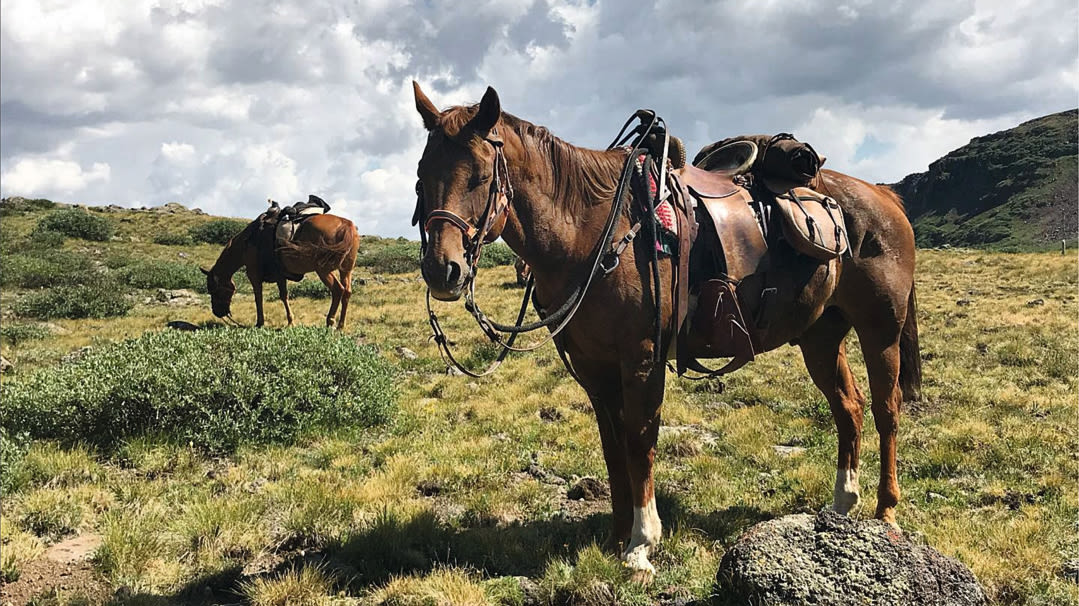
Horses can carry about twenty percent of their body weight, around 90 kilograms (200 pounds). When packing panniers, it’s not the same as carrying a balanced rider. The dead weight of panniers can sway and cause sores or bruise the horse, so we reduce the load. Pack saddles have to be fitted to the horses, and gear needs to be sorted, balanced, and tied on to secure the load for a comfortable trek.
When we head out on a multi-day horseback hunt, we pack our lightweight canvas tent, dehydrated meals, Jetboil, fuel cells, water filtration bags, bedrolls, and other gear. Additionally, I can put my spotting scope into a hard-sided case and strap everything on for a safe ride.
I carry my rifle or shotgun in a scabbard on my riding horse. I prefer leather scabbards over fabric because the stiffer material, molded to fit my rifle and rifle scope, protects the cherished optic.
We add another pack or riding animal to the string when we want to take more gear or additional hunters.
Once we’re at camp, we can wake early in the morning and saddle up the horses to head off to distant valleys and hunt for the day. However, when the horses stay behind at the camp, we always need to head back in the evening to bring them to water and make sure they eat. So while using horses on a hunt is a luxury, it’s an added responsibility too.

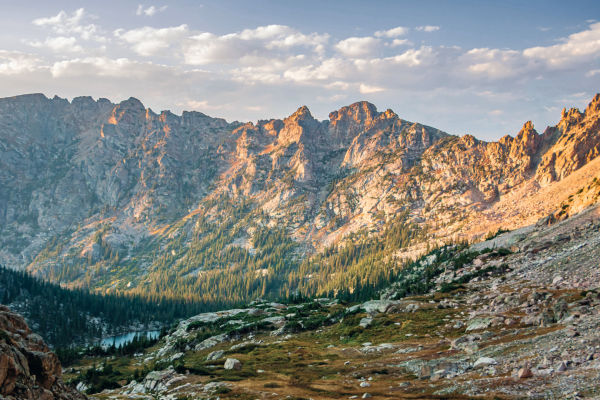
One memorable horseback hunt totaled 18 days (over three trips) in the wilderness. Cowboy looked at me with pride when I came out of the woods with the antlers of a giant bull elk on my back. The horses know when we don’t fill our tags and are also proud when the horse-string packs out the fruits of our labor.

About the author:
Mia Anstine
Mia Anstine writes from her home in the Rocky Mountains of southwest Colorado. She guides hunters chasing elk, mule deer, black bears, and Merriam’s turkeys in southwest Colorado and northern New Mexico. From her rural home base, Mia has traveled to pursue wild animals around the world. When she’s not writing, hunting, or guiding, you’ll find her traveling the country presenting seminars, teaching archery, firearm handling, and other outdoor-related skills. She strives to encourage others to get outside, hunt, fish, shoot, cook, eat, survive, and live life in a positive way.

Mia Anstine’s connection to
SWAROVSKI OPTIK
The first time Mia Anstine used a SWAROVSKI OPTIK product was in 2007 – the EL 8.5x42 binoculars given to her by her husband just after they met. Since then, she has been using SWAROVSKI OPTIK products to observe wild animals, monitor livestock populations, and explore the world – as well as rifle scopes for precise shots on targets. Mia particularly loves the BTX attachment for her spotting scope.
